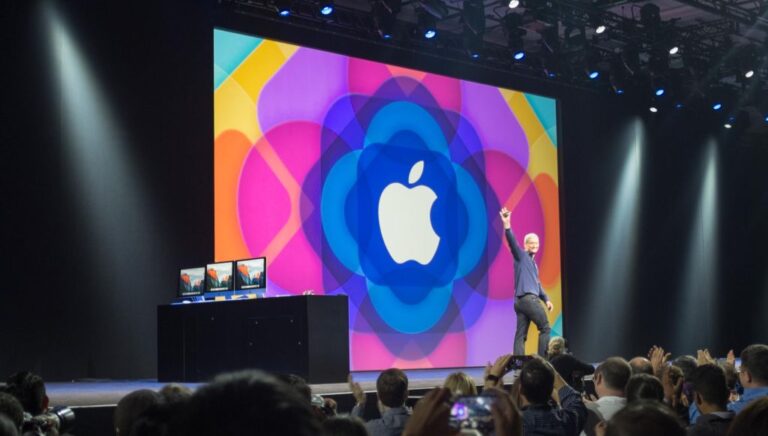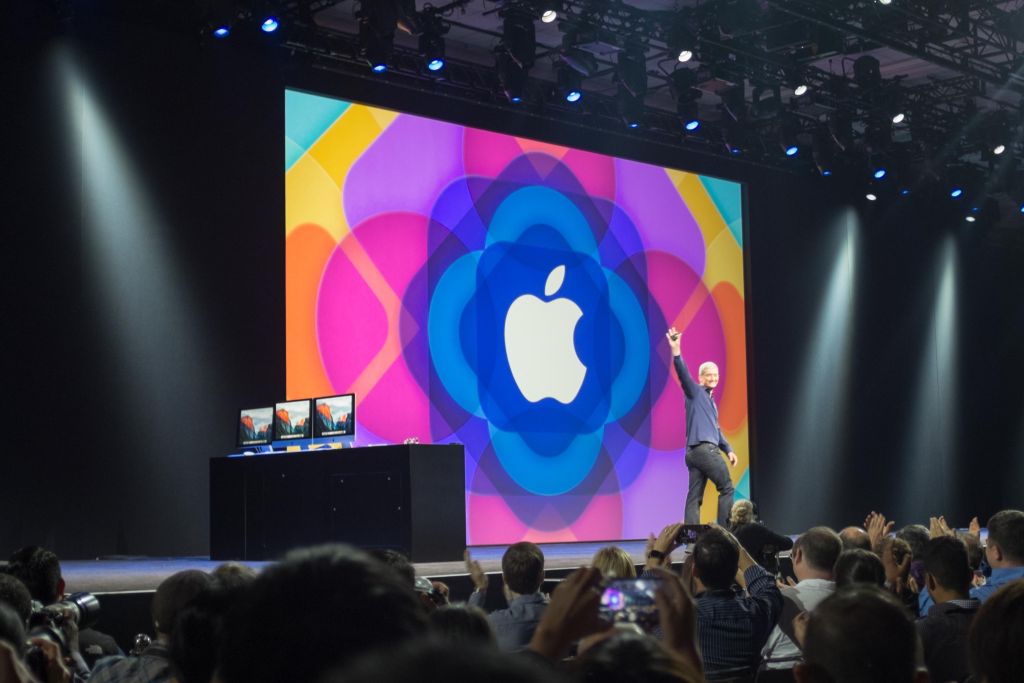Happy New Year, dear reader!
Throughout the year we’ve kept a close eye on the mobile ecosystem, and we’ve distilled a lot of those thoughts into blog posts here. Like a fine vodka, we can always distill a few more times. Which brings us to this “Year in Review” post: a quick glance at the major ecosystem updates and features that have changed the way we build mobile apps and acquire mobile users. It’s easy to get lost in the melee of product updates and industry news, so we wanted to step back and explain what we saw in the market, and how it informed our product strategy.
Google I/O, Facebook F8, Apple’s WWDC
In March, Facebook kicked off the conference roadshow by announcing deferred deep linking for App Install Ads. Facebook has made prescient product decisions in the ads space that have put them ahead of the pack for marketers, particularly on mobile. However, in the latter half of the year, Facebook broke deep links off their platform (even for their own deep linking solution!). So, positive developments for paid user acquisition, but some disappointing bugs for those focused on organic growth.
Next up was I/O – where Google announced a renewed focus on App Indexing, joined the deferred deep linking bandwagon with App Invites, and embraced iOS. Google has tried to brand itself as having cross-platform solutions, but the reality is that their technology works better on Android, and is based around a Google ecosystem that doesn’t jibe with the reality of app development (for example, requiring Google sign-in to use invites with deep linking). On the plus side, we’re really excited for Google to double down on app results in organic search, which will drive a ton of traffic for savvy developers who have App Indexing up and running.
What turned out to be the most tectonic shift in the deep linking landscape came at WWDC in June – where Apple announced some pretty fundamental changes to URI schemes and Spotlight Search. They unveiled Universal Links, and created guidelines for indexing your content for Spotlight search. In December, they made it much harder to use URI schemes intelligently, which confirmed an earlier decision we’d made at Branch to focus on Universal Links. Apple has virtually trademarked aggressive, industry shifting moves with a “get on board or get off the bandwagon” mentality (you can see this in its software update process and feature releases). The upside is massive adoption of industry-leading products. The downside is developer pain when trying to keep up with the latest releases.
Branch and the Industry
Throughout the summer we supported App Links, Universal Links, and App Indexing as fast as the features were released, and rolled out substantial improvements to our deep linking infrastructure. To meet our goal of being the best, and only deep linking solution any app needs, we support all platform changes as soon as they happen (as well as app changes, and software updates).
We support all these technologies and add some major advantages. We’ve simplified these technologies by handling almost all setup for developers, and simplifying APIs wherever we can. We resolve fragmentation by offering a single implementation that covers all the different offerings from Facebook, Apple and Google.
For example, we released the Branch Universal Object, which means you can write code once and know Branch will ensure your content is indexed by every platform (or not, if you don’t want it indexed). It also formats your content nicely for Content Analytics (more on that below).
While the major platform updates from large tech companies and others show a lot of promise, they don’t always help developers in tangible ways. In addition to supporting the “standards” above, we’ve spent a lot of time thinking about how to transition users to apps, and building unique products for developers and marketers that didn’t exist previously.
In August we launched Deepviews Content Previews, a simple improvement to Branch links that has a huge impact on click-to-install conversion rates. Users who click on a link without an app installed have traditionally been frustrated, and although deferred deep linking and intelligent routing to the app store are improvements over error messages, there’s still a loss of context about what the link contained and where it’s heading.
With Deepviews, you can show a preview of app content to the user in the mobile web window, so the user can engage with the content they would see in the app without downloading it. This addition to your deep links improves click-to-install rates by motivating the user with content. We saw up to 6X improvements in click-to-install rates when using Deepviews (versus being taken to the app store directly), and huge adoption of Deepviews by Branch partners.
In November we released Content Analytics – a totally unique analytics tool that gets at the heart of what matters to an app: which app content is driving downloads?
It’s easy for analytics tools to fall into the trap of thinking that their technical design is the most sensible view for a dashboard. At Branch we try to think about the business question that’s being asked, and answered, with data. With Content Analytics you can see which content drives users into your app, both for new users and re-engaged users, not simply how content performs inside your app. We aggregate data across links, clicks, install, opens, and more to take the effort out of data crunching and show the content performance that matters to you.
We hypothesized that a content-first approach to user acquisition would perform better than generic app branding, and our tests proved that hypothesis to be correct. The best content performed much better than generic app download ads when we tested on Facebook. In many ways it’s what you’re used to on web – we’re making it happen on mobile.
Finally we rounded off the year by upgrading our support for Universal Links. We’ve made it as easy as it can possibly be to enable Universal Links, much easier than the requirements laid out by Apple. For DNS nerds – we can even enable HTTPS traffic by acquiring an SSL cert for you with just your domain name and a CNAME rule. Magic.
Wrapping up and Looking Ahead
We’re ending the year on a high note – 5,000 apps now use Branch, including Buzzfeed, Pinterest, Zappos, and Zynga. If you’ve enjoyed using Branch and growing along with us, just wait until you see what we have in store for 2016. Thanks as always to our Branch partners – we’re here to serve you.
Speaking of community – check out our end of year community wrap up for details on meetups, conferences, and events all over the globe, where you can meet other developers, marketers, and founders at every stage of growth.
Please leave a comment below, or email me at [email protected] if you have comments, thoughts or feedback on Branch in 2015, or 2016!
























